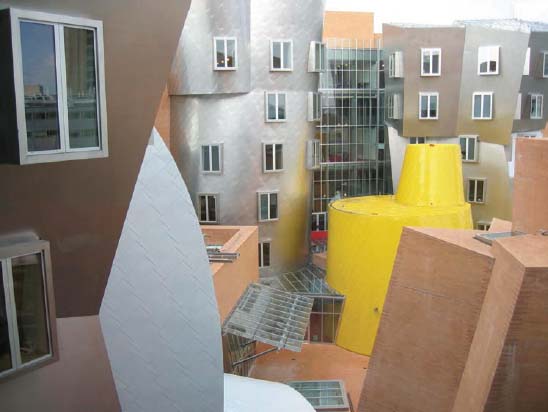Contemporary Art, 1960s–presentPostmodernism and Art |
What are some examples of postmodern art? |
Many postmodern art movements are described as “neo” movements because they respond to earlier modern styles or approaches. Here is a sampling.
- Neo-expressionism—Neo-expressionism is primarily focused on painting (though 252 some sculpture is considered neo-expressionist) and first began in Germany in the late 1970s and early 1980s. Neo-expressionist paintings are usually vibrant, sometimes figurative, but often raw and self-aware. Neo-expressionist artists include Anselm Kiefer (1945–) from Germany, and the American Julian Schnabel (1951–), who’s large, brash paintings have been highly financially successful.
- Neo-geo—Neo-Geometric Conceptualism, or neo-geo, developed in New York City in the mid—1980s and is characterized by postmodern appropriation and a strong sense of irony. Artists associated with neo-geo include Peter Halley (1953–) and Ross Blecker (1949–), who brought new symbolic meaning to familiar modernist forms. Artists such as Ashley Bickerton (1959–) and Jeff Koons (1955–) are neo-geo artists more interested in consumer culture, and their art is sometimes also categorized as “post pop.”
- Neo-pop—Neo-pop is another term for post Pop, an art movement that developed under the influence of pop art in the 1980s. Neo-pop artists include Haim Steinbach (1944–), Alan McCollum (1949–), Jeff Koons (1955–), Ashley Bicker-ton (1959–), and Takashi Murakami (1961–). Neo-pop artists frequently use preexisting, everyday objects (also known as ready-mades) in their work and question the values of mainstream culture.

Designed by Frank Gehry, the Stata Center is located in Cambridge, Massachusetts. It is an example of postmodern architecture.
